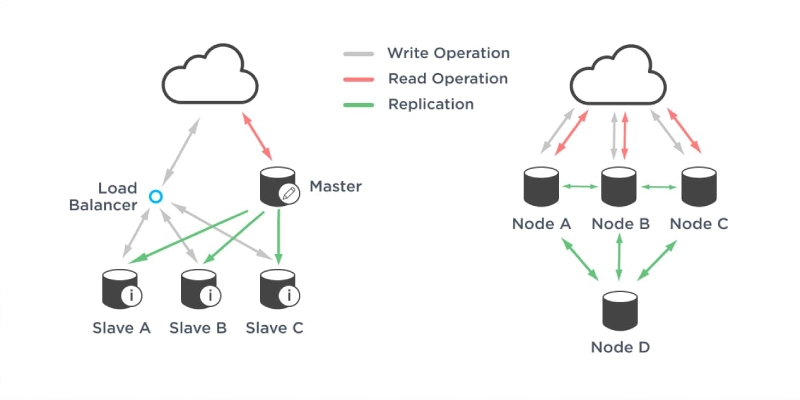If you’re new to the world of data warehousing, you might wonder what it is and how it works. Essentially, it’s the data storage, but in a structured way. Rather than storing the information in rows and columns, it is grouped into buckets. It allows for much faster retrieval of the information you need. It’s also easier to customize because you can create your custom buckets.
Classifying the data according to the function
Data classification involves the process of tagging data to make it easier to find and use. It can help an organization improve its operational efficiency and identify customer data. The correct classification of data can also help an organization meet compliance and data security regulations.
There are four different forms of categorization. User-based, public, confidential, and limited are some examples. The sensitivity and risk level of the data determines each category.
Public data is free and accessible to the general public. It might include a company’s press releases or job descriptions. In contrast, local data is considered to be the most sensitive information.
Sensitive data, such as patient records, must be appropriately classified. Classifying data is the first step in protecting an enterprise from data breaches.
Structure
A data warehouse is a central repository for storing and retrieving summarized information for use in business. It holds various kinds of data and may be accessed by many people.
Typically, the structure of a data warehouse is engineered for speed and efficiency. The typical data warehouse has four main components. They are metadata, a central database, a reconciliation, and an analytics layer.
Data warehouses can be stored on a single server or several servers. Each server may have different databases.
Data is updated in the database as new information is received. The data is checked for correctness using an ETL tool.
An analysis layer is used to perform data exploration and analyze the data. The user can then interact with the data using a workbench.
Architecture
Data warehouse architecture is a vital part of building modern data warehouses. Various styles and approaches are used depending on the data warehouse architecture.
Architecture should be flexible enough to accommodate new technologies. It must also be secure. For instance, data warehouses should not be accessible by unlicensed third parties. Hence, security is crucial in data warehouses.
When designing the architecture of a data warehouse, factors like scalability, compatibility, and extensibility must be considered. A data warehouse should be able to handle new operations. It is essential in enterprise-wide systems.
The bottom tier of the data warehouse architecture is typically a relational database system. The middle level is an OLAP server. It enables users to visualize data in an abstract view. The top tier is composed of tools for data mining and analysis.
Security measures
Data warehouse security is vital to a successful data warehousing strategy. It is essential to adopt proper security measures to safeguard your client data, intellectual property, and other critical data. These include encryption, auditing, transformation, multi-platform connections, and views.
The number of attacks on data has been increasing. An estimated hacker attack could cost the economy as much as $5 million. Similarly, if an employee exposes sensitive personal information to a competitor, it can damage her reputation.
A robust security infrastructure can reduce the cost of your data warehouse. However, before implementing any security solution, it is essential to consider the impact of security features on the performance of your database.
Sandboxes
Data sandboxes are a safe environment where users can test and learn with real-world data. It helps teams make better decisions. It also reduces the risk of penalties or fines.
A sandbox is a virtual machine isolated from the rest of the network and applications. It allows for the safe evacuation of software code that may not be appropriate for production environments.
For instance, a marketing campaign that needs to be completed could be tested in the sandbox. You could roll back the changes in seconds if the testing results were wrong. Likewise, errors in customer information can be checked and corrected in a fraction of the time.
A sandbox is a secure way to test new ideas and innovations without risking the accuracy of the information. It is a valuable tool for businesses that need to improve their ability to respond to changing market conditions.




